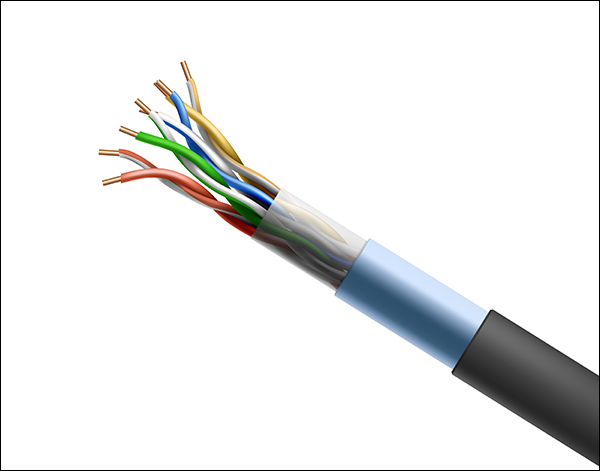What is Wireline in Telecommunications?
Wireline allows voice and data information to travel electronically. They travel over a network of fiber optic, copper wires or similar telecom cables. Switches connect calls between users.
Wireline also includes cable television, telephone or internet service. Wireline uses datalines or cables to connect to your office space. Wireline can help carriers offer services like frame relay, private line, and multi-protocol label switching services. Wireline infrastructure is a critical component of any network. Wireless routers convert wireline services into wi-fi for people to use on their wireless devices.
Wireline generally falls under three categories: fiber optic, coaxial, and twisted pair.
Fiber optic: optical fibers which transmit data through light waves. Single-mode fiber is used for long distance using a laser. Multi-mode fiber is used for short distances using a light emitting diode (LED).
Coaxial: copper cable built with a metal shield to block signal interference. Usually used by cable TV and telephone companies.
Twisted pair: two insulated copper wires that are twisted together to reduce electromagnetic induction. Often used in homes, a higher grade is sometimes used in local area network (LAN) installations.

Benefits and advantages
The benefits and advantages of wireline are better security, faster speeds and fewer outages.